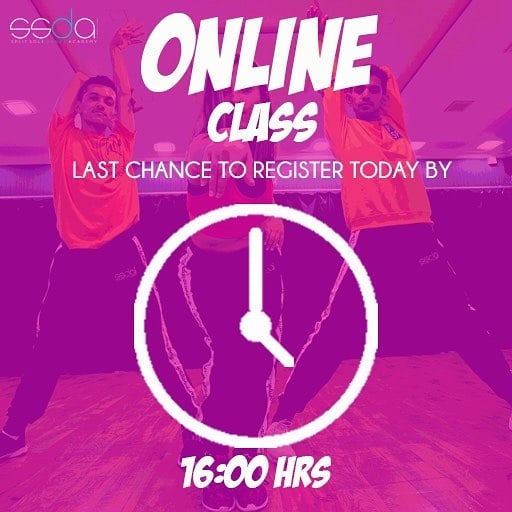
Food is morally labelled everywhere. When we label food as “good” or “bad,” or even “healthy” vs. “unhealthy,” we can develop food guilt. Your food story began when you were very young, and your parents’ approach to eating most certainly implanted in you a particular perception of the various food options available.
According to one study, roughly one-third of all food consumed by Americans makes them feel bad. You also spend about 20 minutes a week dealing with your guilt. That time spent feeling guilty might quickly add up.
Food guilt doesn’t have to be part of your food relationship.
It’s natural to feel bad about your dietary choices. People frequently claim that they were “bad” for consuming specific foods, implying a sense of shame. No eating decision indicates you are a bad person. In any given situation, you are trying your best.
You should expect environmental factors or stressors to influence your food choices. And, of course, emotions will play a role at times. Food conditions outside your control are an inevitable aspect of life. When you can accept this ebb and flow, you’ll be able to let go of the guilt when it arises. When your eating plan is balanced, you can include a range of items in your diet. It also enables dining experiences that value celebration, culture, and tradition.
5 ways to begin to work through food guilt:
- Acknowledge and stay curious about when food guilt comes up for you.
It is critical to be aware. Building awareness around the repetitive experiences you have with food and your body is a key part of the one-on-one coaching I undertake with dancers. When necessary, awareness and curiosity can assist you in breaking bad eating patterns.
It’s likely that you made an impulsive decision and then judged it later. In that case, it’s possible that the food wasn’t all that horrible, but it wasn’t exactly what or when you intended or anticipated to eat.
When feelings of guilt arise, simply acknowledge them. Then, get inquisitive. Before you get caught up in a guilt-shame cycle, ask yourself, “Why do I feel terrible about eating this?
2. Ask yourself why eating that certain food makes you feel guilty.
Guilt may arise from childhood events or your family’s eating habits. It could also be the result of societal pressure or diet-related messaging in the media or on social media. Once you’ve identified the source of your guilt, you’ll be able to begin letting go of, removing, or unfollowing those influencers.
If relatives or friends are responsible for your food guilt, you may need to have some difficult but very honest dialogues about it. If you’re not ready for that, try to tune out those influencers when they talk about eating or diets. You may simply need to walk away or change the subject.
3. Think about the value of the foods that induce guilt.
Foods that make us feel guilty are frequently labelled as “junk” or “bad.” This is bound to result in guilt. To alter your perception of those foods, you must alter the value you place on them. What makes those foods “good”?
Here are a couple of such examples:
- Chocolate cake: is delicious, and it makes me happy.
- Gingerbread: reminds me of Christmas at my grandmother’s house
- French fries: tasty and remind me of childhood McDonald’s excursions with my family
4. Slow down and consider your food relationship.
This can be difficult for dancers due to their hectic schedules. Your lunch and snack breaks are frequently brief and limited. There will be occasions when you must eat faster to appropriately feed your body. Practice being attentive and eating slowly when you have more room and time.
Beyond a more conscious attitude to food, accept the reality that you can change your perspective on yourself and your life. A significant alteration may necessitate some deliberate rewrites. Begin here to rewrite your body story. Create a vision for your connection with food if you’re ready to rewrite the tale of certain foods and food experiences.
Create deliberate experiences with the foods that cause you guilt. Make plans to go out for ice cream with pals and establish the intention to have a good time. Make some brownies with your mother and establish the goal of having a carefree time.
5. Decide what “balance” with guilt-inducing foods can look like for you.
Do you like to have something sweet after supper every night? Do you enjoy eating chocolate or ice cream? These preferences do not indicate a problem with you or a lack of self-control. They are worthy of respect, and you should ask yourself, “What is a balanced approach to these desires?”
You may enjoy a scoop of ice cream every night, or you may prefer a weekend trip to the ice cream store for a hot fudge sundae. Week to week, your preferences and balance may change. Simply begin to lean into it to discover what works for you.
It takes time to develop a more balanced relationship with food, but it is doable. Working with food guilt is an important component of the process because restriction or dieting attempts are frequently associated with food guilt.
Read More – SIMPLE DANCE ROUTINE FOR BETTER RESULTS







